To provide the best experiences, we use technologies like cookies to store and/or access device information. Consenting to these technologies will allow us to process data such as browsing behaviour or unique IDs on this site. Not consenting or withdrawing consent, may adversely affect certain features and functions.
The technical storage or access is strictly necessary for the legitimate purpose of enabling the use of a specific service explicitly requested by the subscriber or user, or for the sole purpose of carrying out the transmission of a communication over an electronic communications network.
The technical storage or access is necessary for the legitimate purpose of storing preferences that are not requested by the subscriber or user.
The technical storage or access that is used exclusively for statistical purposes.
The technical storage or access that is used exclusively for anonymous statistical purposes. Without a subpoena, voluntary compliance on the part of your Internet Service Provider, or additional records from a third party, information stored or retrieved for this purpose alone cannot usually be used to identify you.
The technical storage or access is required to create user profiles to send advertising, or to track the user on a website or across several websites for similar marketing purposes.
 Only a little over half of employees across Europe believe they work in psychologically healthy workplaces, according to a new poll from Great Place To Work [registration]. The research, which surveyed nearly 25,000 employees across 19 countries, highlights significant disparities between industries and regions, with the UK falling slightly below the European average. The authors argue that, while many organisations have recognised the importance of fostering mentally healthy workplaces, the survey suggests that progress remains slow. (more…)
Only a little over half of employees across Europe believe they work in psychologically healthy workplaces, according to a new poll from Great Place To Work [registration]. The research, which surveyed nearly 25,000 employees across 19 countries, highlights significant disparities between industries and regions, with the UK falling slightly below the European average. The authors argue that, while many organisations have recognised the importance of fostering mentally healthy workplaces, the survey suggests that progress remains slow. (more…)

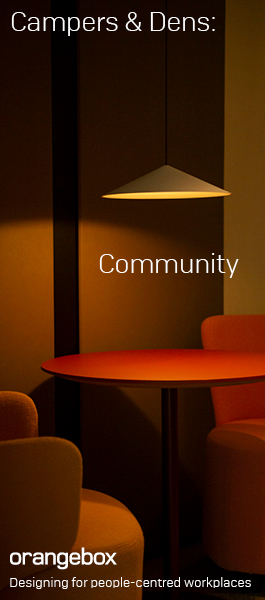










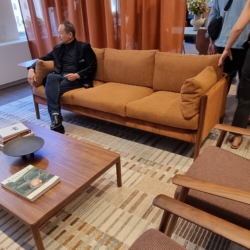







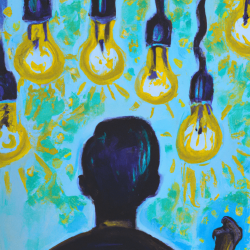



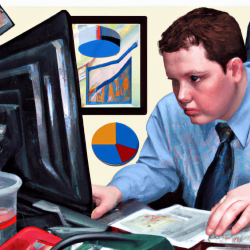

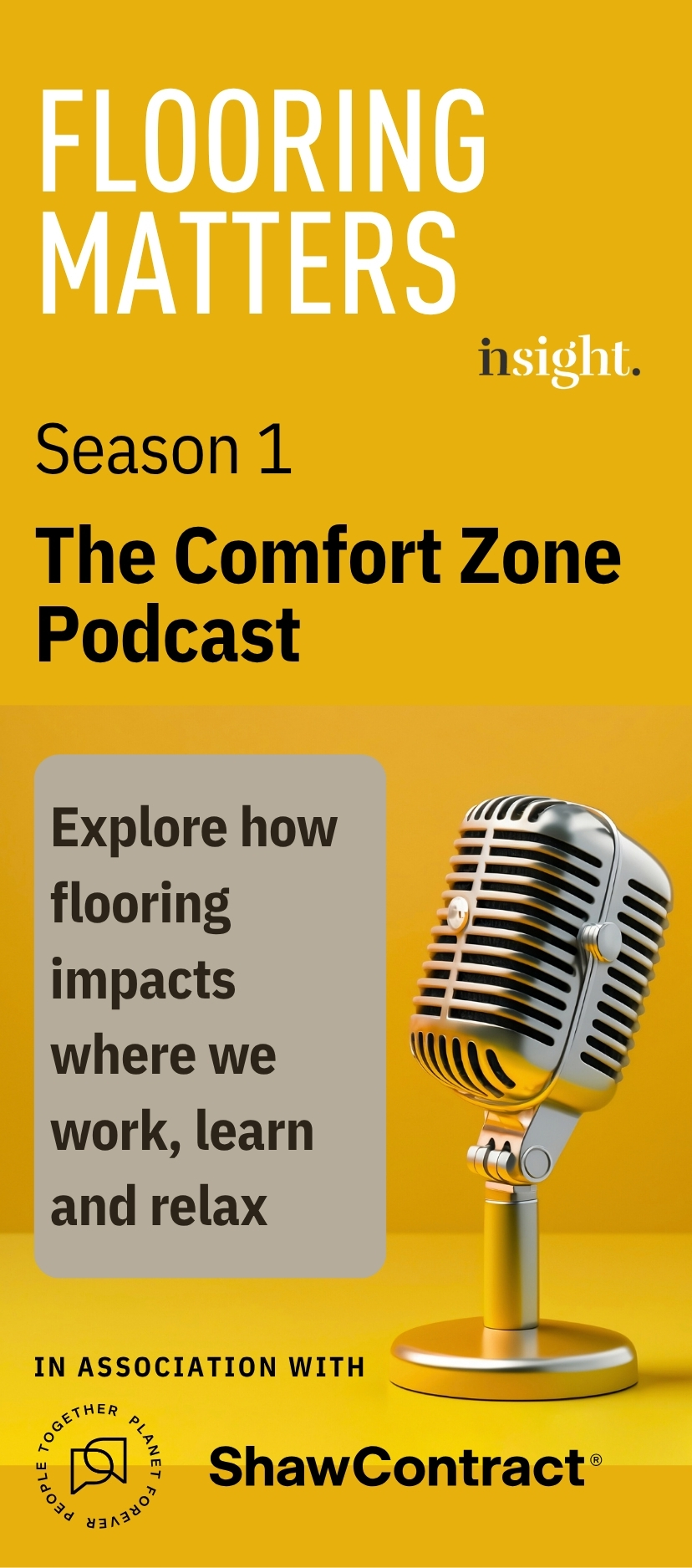







March 31, 2025
Flexible workspace, cognitive dissonance and lessons learnt from The Shining
by John Williams • Comment, Flexible working, Property